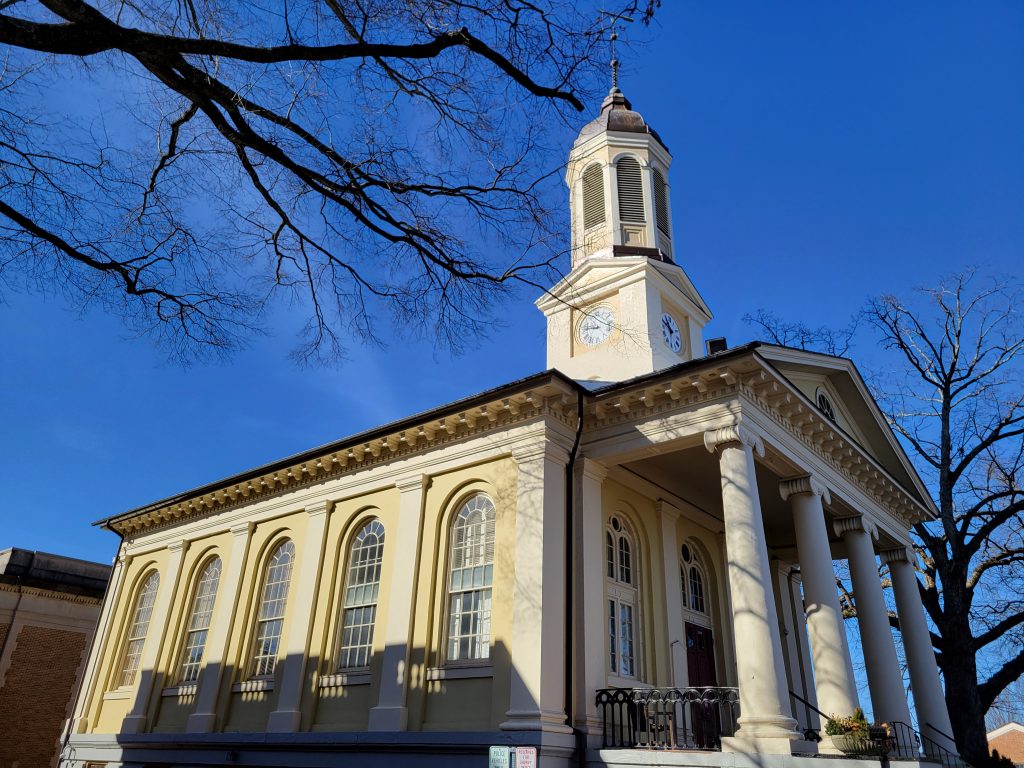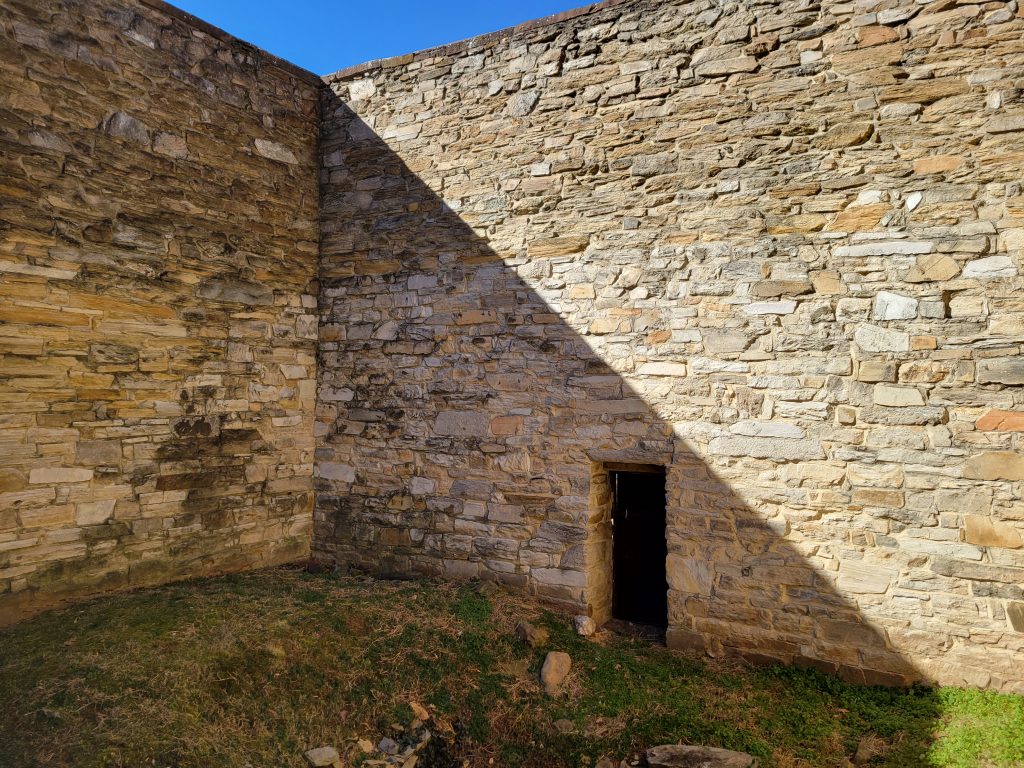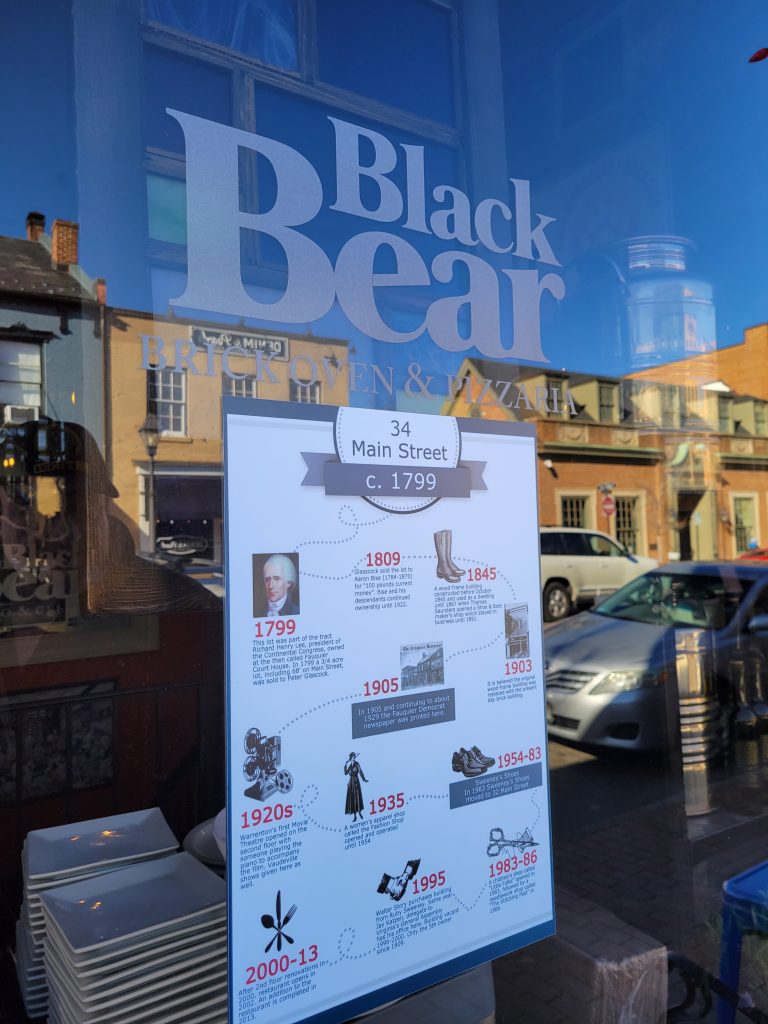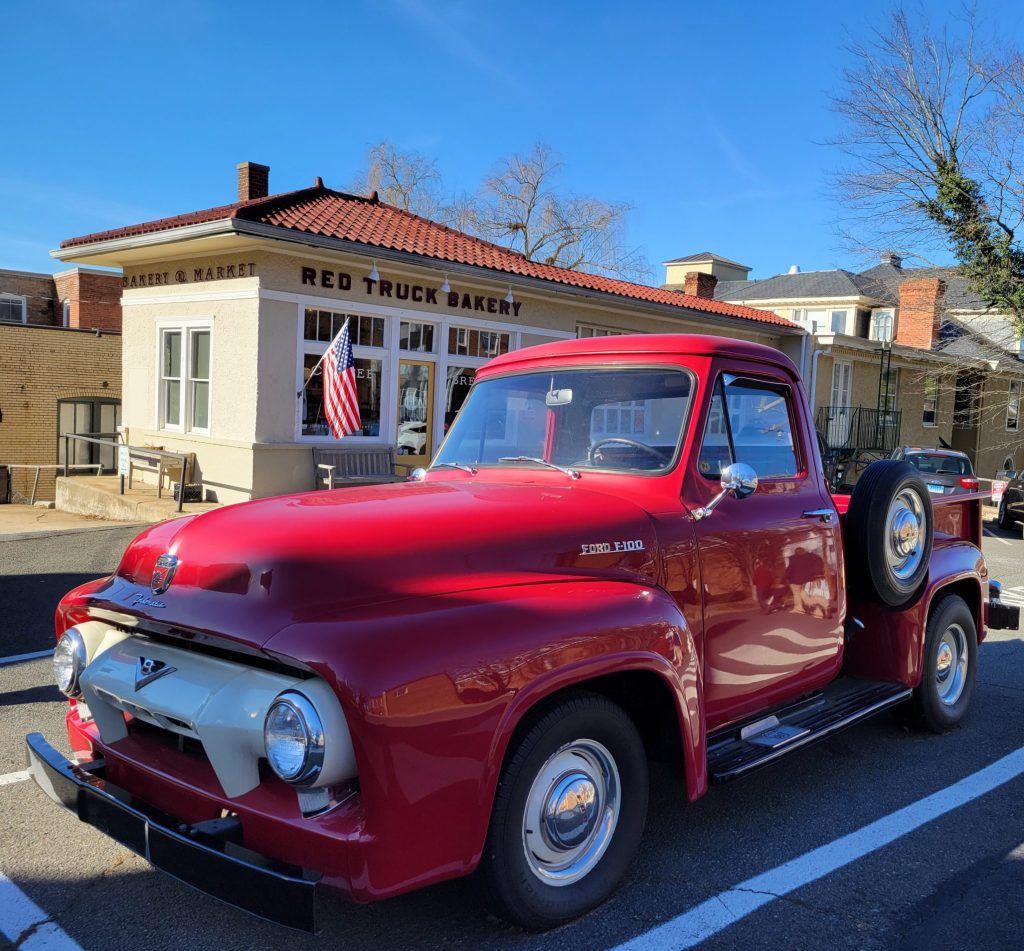ECW Weekender: Historic Warrenton, Virginia
A couple weeks ago I spent a few hours in historic downtown Warrenton in central Virginia. The town is rich with layers of history and many Civil War stories since it changed hands at least 67 times.
Warrenton’s history stretches back to the Colonial era when the junction of the Falmouth-Winchester Road and the Alexandria-Culpeper road created a rough frontier outpost, called Red Store. Lawlessness tended to mark the region, but order came to town as a sturdy jail and new courthouse appeared after the Revolutionary War. The settlement honored patriot General Joseph Warren and by 1810, the town had been incorporated.
By 1860, 604 people called Warrenton home. Now the seat of Fauquier County, the village still held an important place at the crossing of major roads which contributed to its economic growth and prosperity. A railroad connected Warrenton to other towns and metropolises, creating a link between the rural and agricultural central Virginia region and the larger urban centers.
Crossroads location brought Warrenton into the crossfire of the American Civil War. Several battles and numerous skirmishes occurred near or within the town, and both sides repeatedly occupied. Churches, schools, and other public buildings became hospitals. When the Yankees were present, Colonel John S. Mosby and his partisan rangers liked to launch surprise raids into the town.
The town claimed several famous residents with ties to the Civil War, including General William “Extra Billy” Smith and Colonel John S. Mosby. Mosby moved his family to Warrenton after the war and practiced law; he is buried in one of the local cemeteries. The town also recruited the “Black Horse Cavalry” which formed part of the 4th Virginia Cavalry Regiment.
Heading into the historic district, one of the most eye-catching structures is the Warrenton Courthouse. Over time, the town has had seven courthouses, marking its long-standing role as the seat of Fauquier County. The Old Courthouse standing today was build in 1890 and is still the convening place for the General District Court, though the New Courthouse contains most of the other legal offices.

Tucked behind the Old Courthouse stand the Old Jail. This solid building, constructed of brick and stone, dates back to 1808 with several additions. The 1822 portion of the jail includes a cell display and interpretation of mid-19th Century imprisonment and justice, including briefly addressing the role that local jails had the system of slavery. The “exercise yard” is also the site of 19th Century hangings, a “flush-able” outhouse, and modern archaeology studies. The Fauquier Historical Society operates a local history museum at the Old Jail, featuring displays related to Warrenton and the county’s history. For those interested in Civil War history, there is a prominent display of Mosby and Black Horse Cavalry artifacts. On the day of my visit, an excellent tour guide shared stories of the jail and the county, adding to my appreciation of the local history.

No trip to a historic Virginia town would be complete without finding the Civil War Trails signs! One of them in Warrenton is located in front of the museum and near a local monument to John Mosby.

Across the lane from the Old Jail Museum is Rural Red Truck Bakery. A local establishment in Warrenton (and also in Marshall, Virginia), this bakery is the perfect spot to get some tea or coffee and enjoy a sweet treat. I splurged and took a small box of pastries home to enjoy throughout the week during my writing time!
Strolling along the main street of old Warrenton, it was pleasant to the see the historic consciousness of the town even as it continues to evolve. Modern restaurants, a few breweries, and unique shops offer an ideal exploring experience that I love to find in historic communities. Some of the shops had small posters in their windows, describing the history of their building through the decades! The shops and restaurants also seem to take holiday décor seriously; the Valentine or Winter Wonderland displays in the front windows (early February visit) were delightful. Many of the historic buildings are numbered and correspond to this walking guide of the town.

 Leaving the downtown district, I headed for Warrenton Cemetery. Here, 986 Confederate soldiers from every Confederate state are buried, including many fallen from the Manassas battles. When Union soldiers took wooden grave markers for firewood, the identities of many buried Confederates were lost and the graves left unmarked. After a significant research project, a memorial wall around the cemetery’s Confederate monument lists the names of 520 soldiers identified through medical records.
Leaving the downtown district, I headed for Warrenton Cemetery. Here, 986 Confederate soldiers from every Confederate state are buried, including many fallen from the Manassas battles. When Union soldiers took wooden grave markers for firewood, the identities of many buried Confederates were lost and the graves left unmarked. After a significant research project, a memorial wall around the cemetery’s Confederate monument lists the names of 520 soldiers identified through medical records.
 John Mosby and his wife’s graves are located in the cemetery, not far from the location of the Confederate monument. Other burials of note in Civil War history include John Quincy Marr (first Confederate officer killed in combat), General William F. Payne, General Lunsford L. Lomax, and Samuel Chilton (a defense attorney for abolitionist John Brown).
John Mosby and his wife’s graves are located in the cemetery, not far from the location of the Confederate monument. Other burials of note in Civil War history include John Quincy Marr (first Confederate officer killed in combat), General William F. Payne, General Lunsford L. Lomax, and Samuel Chilton (a defense attorney for abolitionist John Brown).

While I certainly cannot claim to have explored all of Warrenton’s Civil War sites or history, I’m so glad that I finally made time to explore this town that I usually just “drive through between Points A and B.” Local history can be shared well or poorly, but from my experience, Warrenton is doing an exceptional job telling the many stories of the past and creating a welcoming, diverse, and modern small town scene in their historic district. Definitely stop by and go for a stroll!



My ggg uncle, John B. Keasler of Orr’s Rifles, is buried in that mass grave. He was wounded at 2nd Manassas, taken to a hospital in Warrenton, and died a month later.
Debbie, thank you for adding this family history. It’s so solemn to stand at mass graves or unknown graves and wonder…
Thanks again for being the “eyes” for those who are unable to easily visit. As always your yondering is both informative and enjoyable.
Happy to share, and glad to hear you find it useful.
Toured Mosby’s home a couple of years ago. Very nice place
Glad you had that experience, Kevin. From what I could find online, it looks like the Mosby home museum closed a few years ago, so I wasn’t able to explore it.
Your article reminds me that I need to spend more time in Virginia to expand my knowledge of and to enjoy the history and landscape. Enough time has passed since my active duty in the Tidewater area that I should take advantage of the abundant historical sights.
There is so much to explore! I just might be partial to Virginia since it’s my new homestate. 😉
Thank-you. Can’t wait to visit! What a beautiful red truck. My father would have loved it.
Definitely enjoy the bakery…and the history, too! 🙂